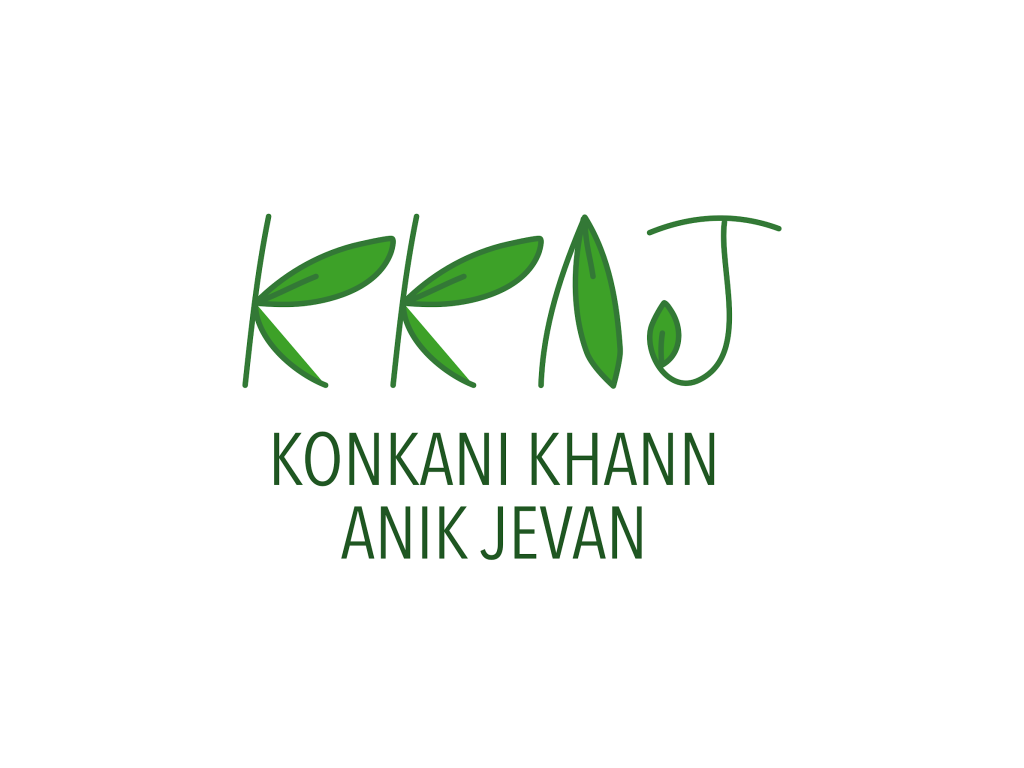Rig Upkarma or Sutha Punnav in konkani is the annual thread changing ceremony and hence mainly a mens’ festival. It is a very important day for the GSB community . I enlighten here our way (GSB Cochin) of celebration. As we all know it is the day of changing the “Jannuve ” – the sacred thread worn by men. We celebrate it with great pomposity. Sutha punnav comes after a week of Nag Panchami in the Shravan month as per Hindu calender.
A man before marriage is called a Brahmachari and after marriage is a Grihastha. Brahmacharis do wear single Jannuve + Moonji and do have the “dhandu” ( usually kept in deva kood) . On the day of suthapunnav he has to change all the items as instructed by Bhatmam. Grihasthas do wear double Jannuve….double for the reason, one for himself and other on behalf of his wife.
Usually all GSB do have the connection with a GSB temple. Both Brahmacharis and Grihasthas have to attend the “Upakarma Homa” which is performed in their respective temple and they have to take the Jannuve for poojan. They have to carry more jannuves and Moonji for pujan, for using it for the whole year, for changing whenever necessary (as it may break). The number of jannuves that one gets home depends not only on the number of male members in the family, but also for the sons in law who may be placed elsewhere. It is a tradition followed by Amchis to send a chudi and phool kumkum to the daughter and a ‘pujjille jannuve’ to the son in law. After Homa the temple priest will put the new “pujjille Jannuve” to the diety of that temple. After that only can they change the Jannuve as per the instruction of Bhatmam or the senior family member. But if living far away from family the men do it themselves .There after Deva Tharpan and Pithra Tharpan is to be given in the temple pond (Pithra Tharpan only for those who lost their father).Also a pujjille single Jannuve is put on the Gharche Devak, Bhanak (Sacred pot of rice/ bhaath ) , Sthannavelo divyak (the hanging Lamp ), thulsi plant and gharak (home )!
One more item also is carried for poojan by GSB Cochin is called “Thisthien” It is a single strand of a thread Jannuve (ek sutha jannuve) which is for young ones ( boys and girls below five years of age ) to be put only on suthapunnav day. The significance of this is – to make the young ones happy and involved in the festivities .
Morning only “Upavasa” food is to be had for breakfast ( as the saying goes in konkani -. “kharkatta khann khaucha naa” ).That is Gova rava Upma or Bombay rava Upma with kukka upkari (potato upkari) or Nendra Bale Kele Ukkelene ( steamed kerala Bananas ) , udid ani rava dosa or udid ani rava idli .Then after upakarma ceremony; it will be followed by a grand feast ( Satvik food is had on all festive days that is without using losun and piyavu.)
For GSB residing in and around Kochi , Kerala . the feast will b the following dishes :– The feast is served in Keli pan. Usual Items are Hittu/ khotto , Kelya Podi ( nendran banana thick chips ), modoku, Happolu /pappad , allein, Edgai (pickles ), Soyi Bhajjili Ghassi, Elchikeri, Kelya Ambat, Raw Rice, Dali thoy, Rasam, Sukkes , upkaris and finally a godsaniche (dessert ) like Dhudda Paysu (Milk Payasam)etc.
Kailyaka dovornu, Brahmanani Chitrahuthi deevnu jevan korcho kramu
Here is a typical keli panna jevan !
Dishes are – 1 .Surai Sheeth (Raw rice) with dalithoy
2 .Sandhan with chutney
3.Chonya soyi bhajjilli ghassi
4.Vaingana phodo
5. Karathe Sukke
6. Kelya sassam
7.Kelya Ambat
8.Allien
9.Dhoodha Payasu
For the men this day’s dinner it will be just palahar – ie chappatis with any side dishes ( usually the ones made for lunch ) ..no rice added item is to be served.
Also a tradition of sending the annual “Palahara Khotto ” ( groceries , sweets , fruits & vegetables ) to married off daughters & sisters starts after this !
GSBs living in South Canara mostly prepare shevai and shevai payasu compulsorily as the shevai resembles sutt i.e thread. The festive spread will include shevai,sheeth,dalithoy or saaru,one ghashi..(if it falls on a friday then chane ghashi otherwise its a batani ghashi),one side dish like koot , pachadi , phodis either deep fried or tava fried as per preference with seasonal veggies like jeev kadgi,phagil goint or any you prefer and shevai payasu. The ghashi, upkari , phodi and Godshein depends on the ones that are favourite in the family .
Here is a typical GSB Keli panna jevan from the South Canara !
The dishes are – 1 . Shevai
2 .Surai Sheeth with dalithoy
3.Shevai payasu
4.Chana Ghassi
5. Surna Koot
6. Gointa Tawa Rava fry
Here is another keli panna jevan by my friend – Asha Radhakrishna Shenoy

The dishes are 1. Surai Sheeth with Dalithoy
2. Beansa Upkari
3 . Soyi Bhajilli Ghassi
4. Hittu /Khotto
5 .Surna Koot
6. Poha Kheer .
7. Phagil frys
8.Taak ( Butter milk ) & Udak ( water )
Other than this many other dishes such as khotto,chutney, ,any ghashi,,batani,dhavi Tori,upkari,phodi,thoushe sasam,valval,Sukke , madgane , can also be made . Recipes for all these dishes can be had from this blog .
Night dinner will be usually palahar – usually the leftovers of breakfast & lunch or any dish without rice used in it !
For the newly weds this will be a very special one and so they are first given a veedo , jannuve , sweets and then a feast and gifts too.
Hope this compilation helps everyone in knowing this festival better !
Look forward to more such posts as each festival draws near !




Leave a comment